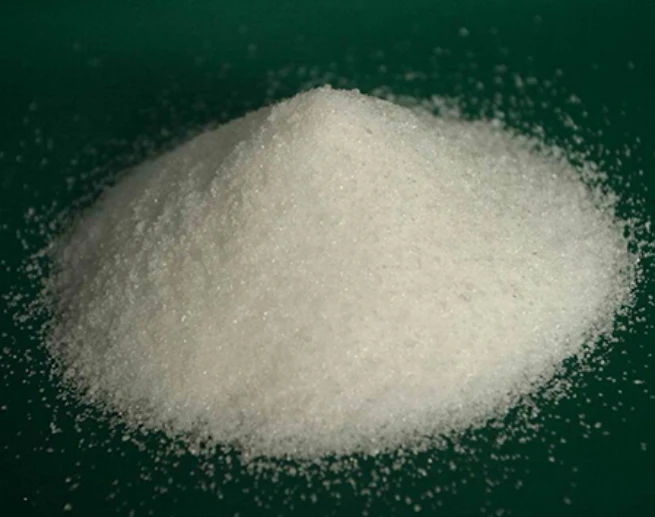Poly Aluminum Chloride Applications and Benefits in Water Treatment Processes
Poly Aluminum Chloride (PAC) An Overview
Poly Aluminum Chloride (PAC) is a widely used water treatment chemical that plays a crucial role in various applications, including drinking water purification, wastewater treatment, and industrial applications. This versatile compound has gained popularity due to its effectiveness, cost-efficiency, and environmental benefits compared to traditional coagulants.
What is Poly Aluminum Chloride?
PAC is a type of aluminum salt that possesses a high molecular weight and a complex polymeric structure. It is produced by reacting aluminum hydroxide with hydrochloric acid and is available in various forms, including solid and liquid. The primary function of PAC is to facilitate the coagulation and flocculation process in water treatment, which involves the aggregation of suspended particles, making it easier to remove them from water.
Applications of PAC
1. Drinking Water Treatment PAC is extensively used in municipal water treatment plants to purify drinking water. Its excellent coagulation properties help remove color, turbidity, and organic matter, ensuring that the water meets safety standards and is suitable for consumption.
2. Wastewater Treatment In industrial wastewater treatment, PAC is effective in removing contaminants such as heavy metals, phosphates, and suspended solids. Its ability to work in a wide range of pH levels makes it a preferred choice for treating various types of effluents.
3. Paper Industry PAC is employed as a retention aid in the paper manufacturing process, helping to enhance the retention of fibers and fillers. This leads to improved paper quality and reduced material losses during production.
poly aluminum chloride pac

4. Textile Industry In textile processing, PAC is used as a mordant in dyeing and printing processes. It helps ensure that dyes adhere properly to the fabric, resulting in vibrant and long-lasting colors.
5. Food Processing PAC is utilized for water treatment in food processing industries to guarantee the safety of water used in food production. It effectively removes impurities that could compromise food safety.
Advantages of PAC
One of the most significant advantages of PAC is its superior performance compared to traditional coagulants like aluminum sulfate. PAC requires a lower dosage to achieve the same level of coagulation, which translates to cost savings and reduced chemical usage. Additionally, PAC has a lower production of sludge, which minimizes waste management challenges in treatment plants.
PAC is also environmentally friendly, as it generates fewer by-products and has a lower aluminum residual in treated water, making it safer for aquatic life and human health. Its effectiveness in a wide range of pH levels and turbidity conditions enhances its versatility across different applications.
Conclusion
In conclusion, Poly Aluminum Chloride is an essential chemical in modern water treatment processes, providing an effective solution for purifying water in various sectors, including municipal, industrial, and food processing. Its advantages, including cost-efficiency and environmental safety, make it a preferred choice for many water treatment facilities. As the demand for clean water continues to rise globally, the role of PAC in ensuring water quality and safety cannot be overstated. Through ongoing research and development, the use of PAC is likely to grow, contributing to sustainable practices in water management and treatment.
-
Water Treatment with Flocculant Water TreatmentNewsJun.12,2025
-
Polymaleic AnhydrideNewsJun.12,2025
-
Polyaspartic AcidNewsJun.12,2025
-
Enhance Industrial Processes with IsothiazolinonesNewsJun.12,2025
-
Enhance Industrial Processes with PBTCA SolutionsNewsJun.12,2025
-
Dodecyldimethylbenzylammonium Chloride SolutionsNewsJun.12,2025





